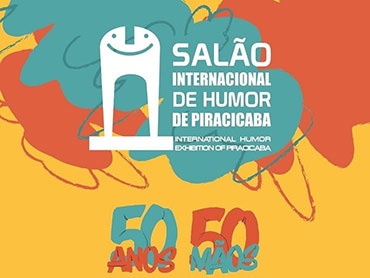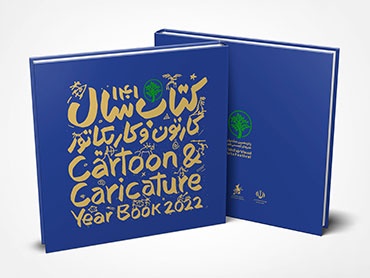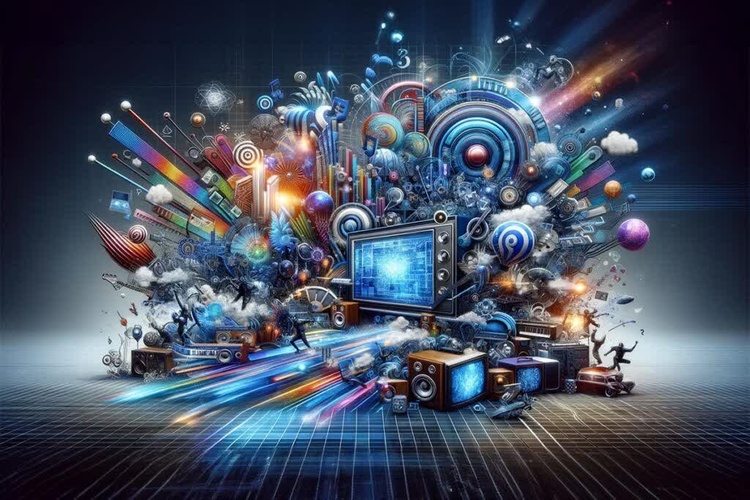
Reflections of Digital Art in Different Cultures
Digital art, born from the fusion of creativity, technology, and human expression, acts as a mirror of the cultures that produce it. Its evolution reflects not only technical advances, but also traditions, identities, and social challenges unique to every corner of the world. Exploring these reflections reveals a fascinating dialogue between the global and the local.
Roots and Innovation: The Encounter of the Traditional and the Digital
Japan: Here, digital art deeply absorbs ancestral aesthetics, anime, and video games. Artists like teamLab create immersive installations that reinterpret ukiyo-e (traditional print) landscapes with interactive technology, fusing respect for nature, visual narrative, and futurism.
Mexico and Latin America: Digital art draws on muralism, magical realism, pre-Columbian art, and social struggle. Artists like Rafaël Rozendaal (with Brazilian roots) and collectives like Machina Media (Mexico) explore mestizo identity, Indigenous resistance, and political critique using algorithms, augmented reality, and glitch art, connecting colonial pasts with digital realities.
Africa: It is emerging strongly, using new technologies to reclaim its own narratives, challenge stereotypes, and celebrate ethnic diversity. Artists like Njideka Akunyili Crosby (Nigeria, although her work mixes media) and Lakin Ogunbanwo (digital photography) explore African modernity, diaspora, and traditional textile patterns in digital contexts, prioritizing self-representation and digital decolonization.
Cultural Challenges and Reflections
Global digital art faces significant tensions:
Globalization vs. Cultural Preservation: How can we maintain authenticity, local symbols, and distinctive visual languages in the face of homogenizing digital aesthetics? The risk of cultural appropriation in digital spaces is real. Digital Divide: Unequal access to technology, connectivity, and specialized training limits the participation of artists from many regions, affecting the diversity of voices in the global digital art canon.
New Meanings: Techniques such as AI, NFTs, or virtual reality take on different connotations depending on the context. An NFT can be avant-garde art in New York, but also a tool to preserve oral heritage in Indigenous communities, or a means for economic activism in emerging economies.
Conclusion: A Polyphonic Future
Digital art is not a monolith; it is a prism of countless cultural reflections. From the technological sophistication of South Korea to digital activism in the Middle East, or the exploration of ancient mythologies in Nordic digital art, each culture leaves its unique mark, its concerns, and its specific beauty.
For this global mosaic to flourish, it is crucial to promote:
Equitable access to tools and knowledge.
Platforms that value and make cultural diversity visible.
Respectful dialogues that avoid homogenization.
The true potential of digital art lies in its ability to be a bridge, a critical mirror, and a field of experimentation where ancient traditions converse with the languages of the future, creating a tapestry rich in identity, innovation, and shared human meaning.
latamarte
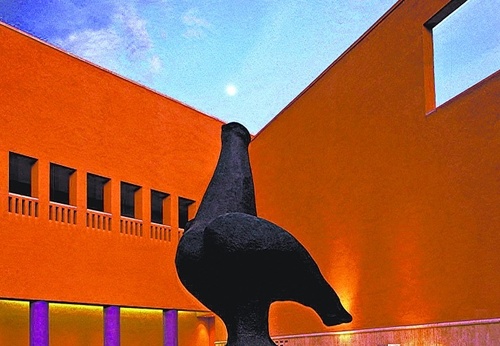

- December 29, 2025
Artificial Intelligence and the Reconfiguration of Artistic Practices
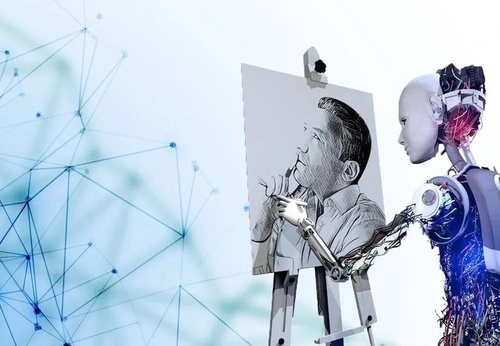
- December 29, 2025
The Artificial Intelligence Revolution in Modern Art
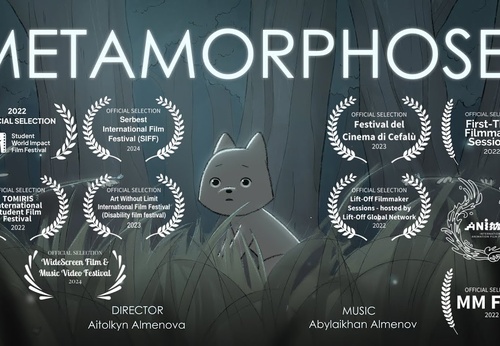
- December 29, 2025
Metamorphoses— Award winning animation short film (2021)
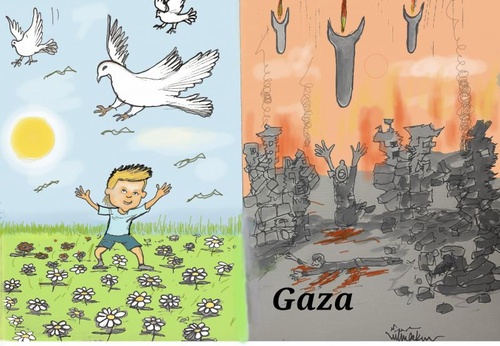
- December 29, 2025
Children in War and Peace
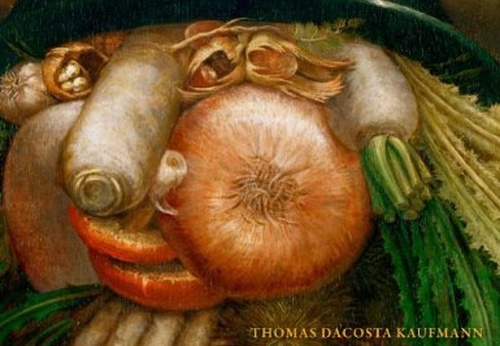

- December 29, 2025
Holy Wrath, Holy Act

- December 28, 2025
The Difference Between Contemporary Art and Modern Art

- December 28, 2025
The Impact of Contemporary Art on Today's Society

- December 29, 2025
Artificial Intelligence and the Reconfi…

- December 29, 2025
The Artificial Intelligence Revolution …

- December 28, 2025
The Difference Between Contemporary Art…

- December 28, 2025
The Impact of Contemporary Art on Today…

- December 28, 2025
Contemporary Art and its Multiple Langu…

- December 27, 2025
Graffiti: Urban Voices That Tell Stories

- December 27, 2025
The Art of Graffiti: Expression, Identi…

- December 24, 2025
Art as Human Expression and Universal L…

- December 24, 2025
Art in the Street: When the City Become…

- December 23, 2025
Urban Art in Latin America

- December 23, 2025
Folk Art in Indigenous Communities of L…

- December 22, 2025
Graffiti as a Social and Political Lang…

- December 22, 2025
Graffiti – From the Street to Contempor…

- December 21, 2025
Contemporary Art and New Visual Narrati…

- December 21, 2025
Latin American Visual Art as a Space of…

- December 20, 2025
Painting in the Americas: Origins and E…

- December 20, 2025
Key Latin American Artists in the Anti-…

- December 18, 2025
Artistic Movements and Expressions of R…

- December 18, 2025
Art and Anti-Imperialism in Latin Ameri…

- December 17, 2025
Visual Art in El Salvador: Between Memo…

- August 29, 2023
The history of Bolivian art

- February 19, 2024
Analysis and meaning of Van Gogh's Star…

- January 28, 2024
Culture and Art in Argentina

- September 25, 2023
What is the importance of art in human …

- September 23, 2023
What is paint?

- August 23, 2023
The 11 types of art and their meanings

- August 10, 2023
14 questions and answers about the art …

- September 23, 2023
Painting characteristics

- August 30, 2023
First artistic manifestations

- January 12, 2024
10 most beautiful statues and sculpture…

- September 23, 2023
History of painting

- March 26, 2024
The importance of technology in art1

- July 13, 2024
The impact of artificial intelligence o…

- March 26, 2024
Cultural identity and its impact on art…

- April 07, 2024
Graffiti in Latin American culture

- April 06, 2024
History of visual arts in Ecuador

- August 16, 2023
The 15 greatest painters in art history

- April 02, 2024
History visual arts in Brazil

- October 18, 2023
History of sculpture

- November 21, 2024
The Role of Visual Arts in Society

- February 19, 2024
Analysis and meaning of Van Gogh's Star…

- August 13, 2023
9 Latino painters and their great contr…

- August 23, 2023
The 11 types of art and their meanings

- August 10, 2023
14 questions and answers about the art …

- August 27, 2023
15 main works of Van Gogh

- August 29, 2023
The history of Bolivian art

- January 28, 2024
Culture and Art in Argentina

- November 06, 2023
5 Latin American artists and their works

- September 23, 2023
Painting characteristics

- September 23, 2023
What is paint?

- September 25, 2023
What is the importance of art in human …

- March 26, 2024
Cultural identity and its impact on art…

- August 30, 2023
First artistic manifestations

- December 18, 2023
10 iconic works by Oscar Niemeyer, geni…

- January 20, 2024
What is the relationship between art an…

- January 12, 2024
10 most beautiful statues and sculpture…

- August 24, 2023
The most famous image of Ernesto "Che" …

- October 30, 2023
Characteristics of Contemporary Art

- May 26, 2024
Técnicas de artes visuais

- August 22, 2023

